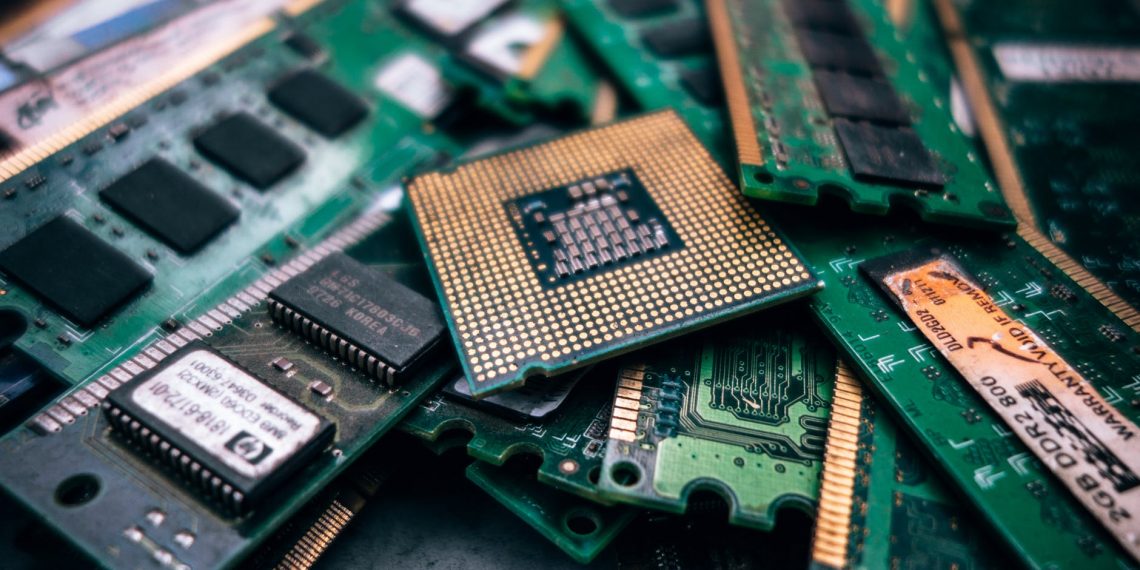SSD (Solid State Drive) is used as a replacement for HDDs in today’s time but SSD’s data recovery cost is a big problem for users. NAND flash memory chips are used to store data in solid state drives (SSDs) which is not the case in Hard Disk Drives. As data is stored in the form of an electric charge in SSDs but its recovery is extremely difficult in comparison to HDDs. However, it has been found that choosing the right Nand chip could help to reduce the data recovery cost in SDDs.
Various types of NAND chips such as Single-Level Cell (SLC), Multi-Level Cell (MLC) and Triple Level Cell (TLC) are available in the market. During the write operation, the wearing rate of different SSD memory chips is different and it varies in different SDDs. Due to the non-volatile nature of SSD memory, data is not lost in it even in the absence of a power supply. More levels in an SSD memory chip means more data storage however it also leads to high wearing out rate. Hence, data recovery specialists promote Single Level Cell memory chip for ensuring high-reliability and reducing SSD’s recovery cost.
In the market, Triple Level Cell (TLC) NAND chips are predominantly used in SSDs. Although the cost of such type of SDDs is less, it is not reliable to use and also reduces the lifespan of SSDs. Apart from using the right NAND chip, there are many other ways available which could be used to increase the lifespan of solid state drives. By avoiding defragmentation in SSDs and not filling it to its full capacity, one could help to increase its lifespan. And keeping a backup of SSD data could also be an effective way to reduce the need for SSD data recovery.


